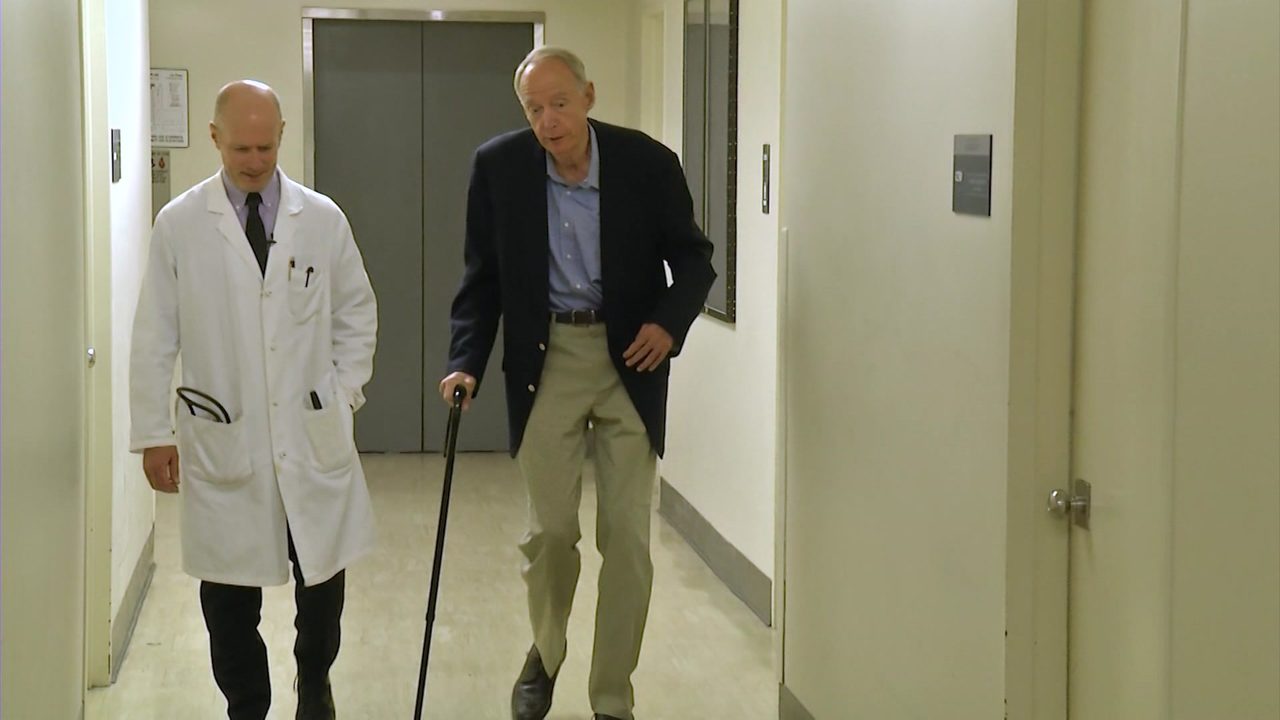Source: click2houston.com
A stroke is a “brain attack.” It can happen to anyone at any time. It occurs when blood flow to an area of the brain is cut off. When this happens, brain cells are deprived of oxygen and begin to die. When brain cells die during a stroke, abilities controlled by that area of the brain, such as memory and muscle control, are lost. How a person is affected by their stroke depends on where the stroke occurs in the brain and how much the brain is damaged.
For example, someone who had a small stroke may only have minor problems, such as temporary weakness of an arm or leg. People who have larger strokes may be permanently paralyzed on one side of their body or lose their ability to speak. Some people recover completely from strokes, but more than two-thirds of survivors will have some type of disability.
Recovery:
Recovery time after a stroke is different for everyone. It can take weeks, months or even years. Stroke rehabilitation can include working with speech, physical and occupational therapists. Speech therapy helps people who have problems producing or understanding speech. Physical therapy uses exercises to help patients relearn movement and coordination skills they may have lost because of the stroke.
Occupational therapy focuses on improving daily activities, such as eating, drinking, dressing, bathing, reading and writing. Therapy and medicine may help with depression or other mental health conditions following a stroke.
New research:
Dr. S. Tom Carmichael, chair of neurology at Geffen School of Medicine at the University of California, Los Angeles, talked about a potential new drug to help with stroke recovery, “The mice made about 30 to 50% enhanced recovery called maraviroc. And the thing that is an advantage there is that we know in humans with movement or motor recovery that if you get a 10% improvement in motor function, that actually translates to a meaningful change in your interaction to the community.
“That’s what’s known as a minimal clinically important difference, or MCID. It’s about 10% in humans. And so the mouse recovery was far better than that, and it allows us some hope that it was a meaningful thing we hit in the mouse.”
Carmichael said maraviroc worked in mouse trials. Human trials are beginning now. The maraviroc trial will be run at UCLA, Yale and Burke Rehabilitation Institute. Since the drug is already approved by the Food and Drug Administration for safety in HIV patients., the trial is already in phase two.
